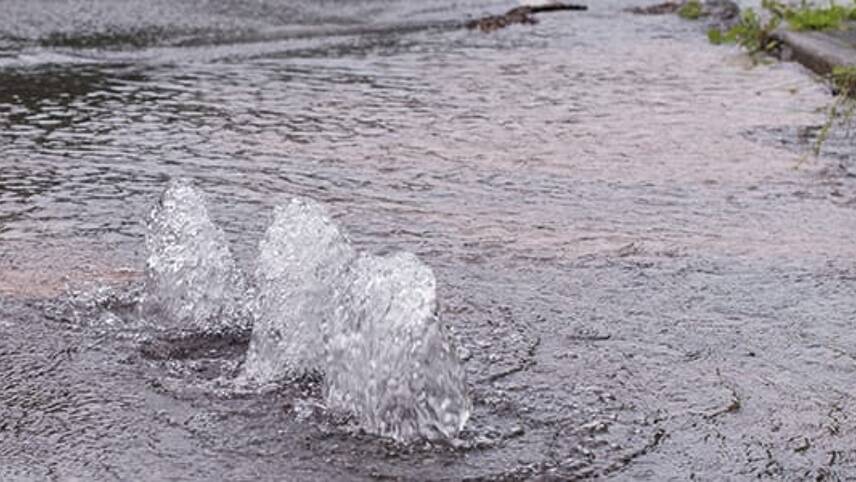This is the Sponsored paywall logged out

Innovation around leakage reduction has driven greater awareness of the need to locate bursts, however improvements are needed to repair technologies to drive down rates, a panel of experts told Utility Week Live.
As part of the Accelerating Innovation in Leakage Reduction session, Jeremy Heath, innovation manager at SES Water, said to achieve the target of halving leakage by 2050 it was necessary to address four elements: prevention, awareness, location and mending (PALM).
He said that while excellent progress had been made around awareness and locating leaks, there was work to do on prevention and mending of pipes. He said: “We are still using the same mend that the Romans did. I come to shows like this hoping to find more mend technologies.”
Jamie Perry, innovation trials lead at Severn Trent, added that another barrier to the sector achieving its 2050 target with sustained momentum was balancing resources for “competing” pressures. He said: “Leakage is one piece of the puzzle, but there are other competing factors for any company that can overtake priorities.”
He added that while great progress had been made finding and fixing larger leaks, it was now harder-to-locate smaller bursts that required attention.
Leakage was heavily emphasised in PR19, with Ofwat setting progressive reduction targets for all companies, which has spurred innovation focus in this area. Meanwhile, as one of the sector’s self-imposed Public Interest Commitments, it has pledged to halve leakage rates from 2010 levels by 2050.
Sam Bright, innovation programme manager at Yorkshire Water, told the session about results from an ongoing smart network pilot in Sheffield. The company installed a fully integrated platform with real-time informed hydraulic model simulator in the area of 80,000 customers, using narrow band internet of things (NB IoT) and fixed network systems. The set-up provided 15-minute reads every four hours and within high intensity monitoring areas reduced leakage by 32%, while visible leaks were cut by 57%. The company saw mains repairs reduced by 27.6% and associated carbon dioxide was cut by 41%.
Bright said the experience has highlighted the benefits of using digital twins to tackle leakage, adding Yorkshire would target the same approach in other high-leakage areas across its region. He added that “less intense solutions” would be used in areas that faced less significant leakage challenges.





Please login or Register to leave a comment.